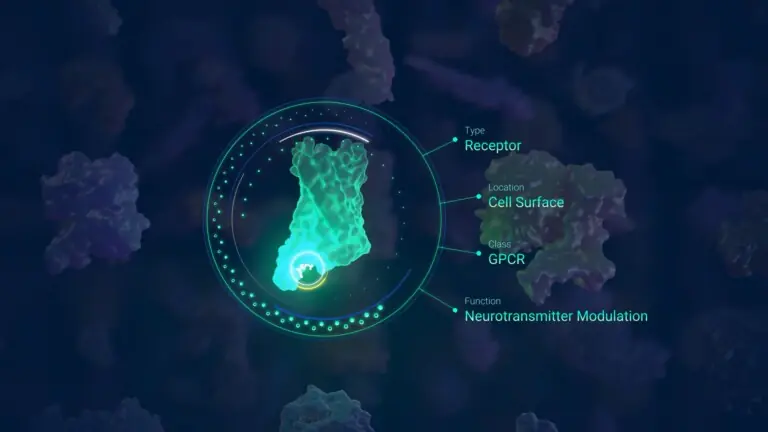
AI in Medical Animation: A Game-Changer or Not Quite There Yet?
Can AI Replace Medical Animation and Scientific Visualization?
The rise of AI-generated content has sparked a major question in biotech and healthcare: Can AI create accurate and reliable medical animation?
AI is already transforming drug discovery and biotech research. Companies like our client Generate Biomedicines are proving how AI-driven computational models are accelerating pharmaceutical breakthroughs. But when it comes to pharmaceutical mechanism of action animation and biotech visualization, AI still has significant limitations.
Where AI Helps in Scientific Visualization
At Microverse Studios, we specialize in medical animation for biotech, pharma, and med tech companies. We’ve seen firsthand how AI can enhance visual production. Here’s where AI is already useful:
✅ Upscaling imagery to improve resolution
✅ Adjusting frame rates for smoother animations
✅ Rapid iteration on aesthetic styles for biotech storytelling
These capabilities streamline workflow and enhance visual clarity, making AI a valuable tool in the process of creating animation for scientific communication.
The Biggest AI Challenges in Medical Animation
Despite AI’s growing role, generative AI struggles with scientific accuracy—a dealbreaker in biotech marketing and pharmaceutical animation.
1. AI Lacks Connection to Molecular Databases
🔹 Unlike human animators, AI doesn’t access the Protein Data Bank (PDB), Alpha Fold, or other scientific molecular viewers.
🔹 This results in incorrect molecular structures and scale issues, undermining credibility in scientific animation.
2. AI Doesn’t Understand Cellular & Histological Structures
🔹 AI-generated biological images often fail to depict cell anatomy correctly.
🔹 This is especially problematic for medical device animation, mode-of-action videos, and pharmaceutical mechanism-of-action (MoA) animation, where scientific accuracy is critical.
3. AI Can’t Yet Replace Scientific Storytelling
🔹 The best medical animations simplify complex science into engaging narratives.
🔹 AI lacks the contextual understanding to craft effective storytelling for biotech startups, pharma investors, and medical professionals. Additionally, it gets details wrong often enough that it still needs an expert minder to make sure no errors are introduced.
Why Scientific Accuracy Matters in Biotech & Pharma Marketing
For biotech and pharma companies, accurate scientific visualization is non-negotiable. Investor pitch decks, regulatory submissions, and healthcare education materials must be precise, engaging, and trustworthy.
If a medical animation misrepresents scientific data, it erodes investor confidence, delays regulatory approval, and weakens brand credibility.
This is why leading biotech startups, pharmaceutical companies, and medical device manufacturers invest in professionally produced scientific animation—ensuring their message is clear, accurate, and impactful.
The Future of AI in Medical Animation
AI will continue to evolve, and at some point, AI-powered medical animation will become a reality. When AI can:
🔹 Accurately model 3D molecular and cellular structures
🔹 Generate complex biomedical animations with scientific precision
🔹 Incorporate real-time data from scientific sources
… it will revolutionize biotech visualization. Production timelines will shrink from months to weeks, costs will drop, and medical animation will become more accessible to early-stage biotech startups and healthcare educators.
The Takeaway: AI is a Tool, Not a Replacement
At Microverse Studios, we embrace AI where it enhances our work. But scientific storytelling still requires human expertise.
For now, AI is a powerful assistant—but not a replacement—for high-quality medical animation.
